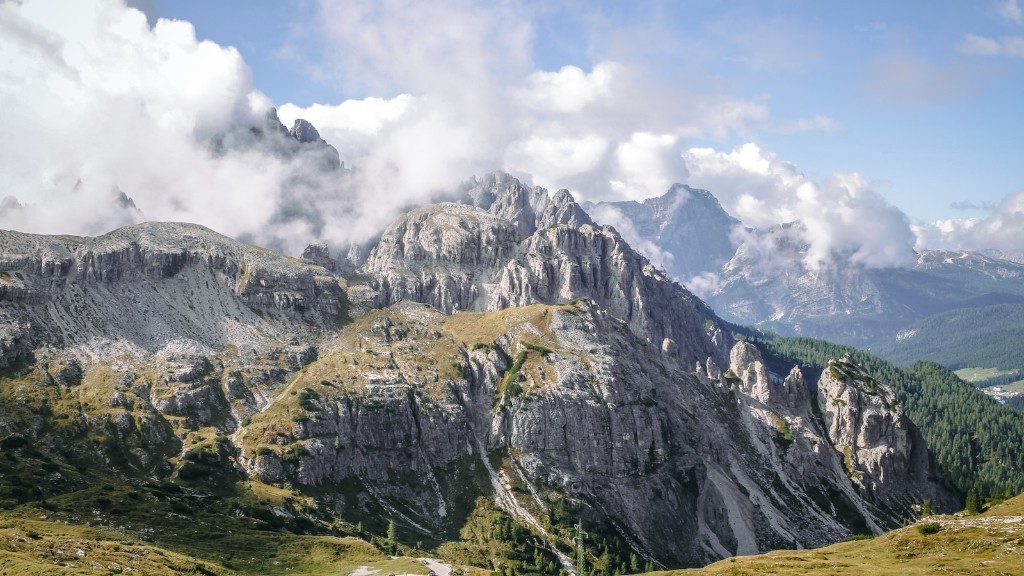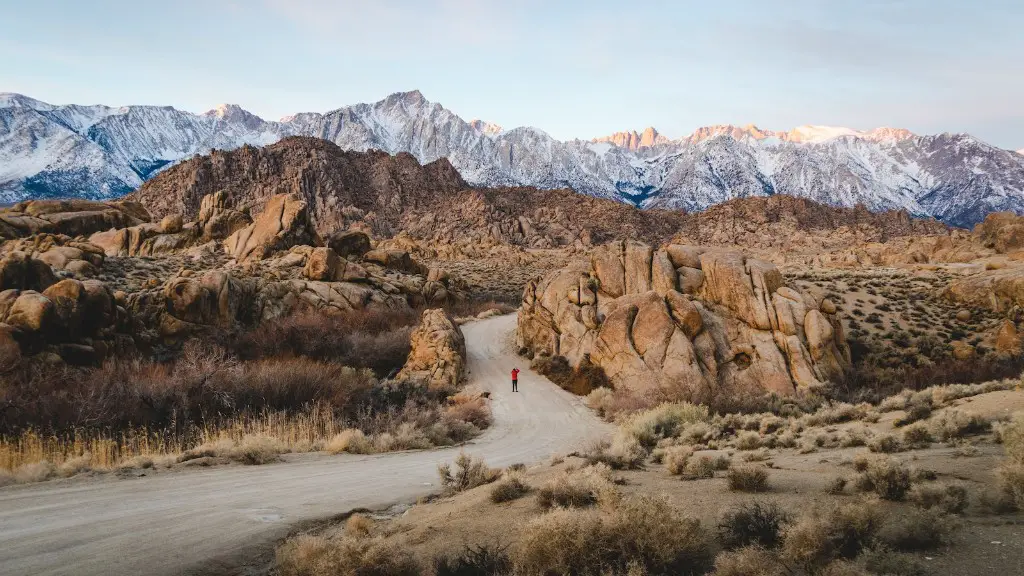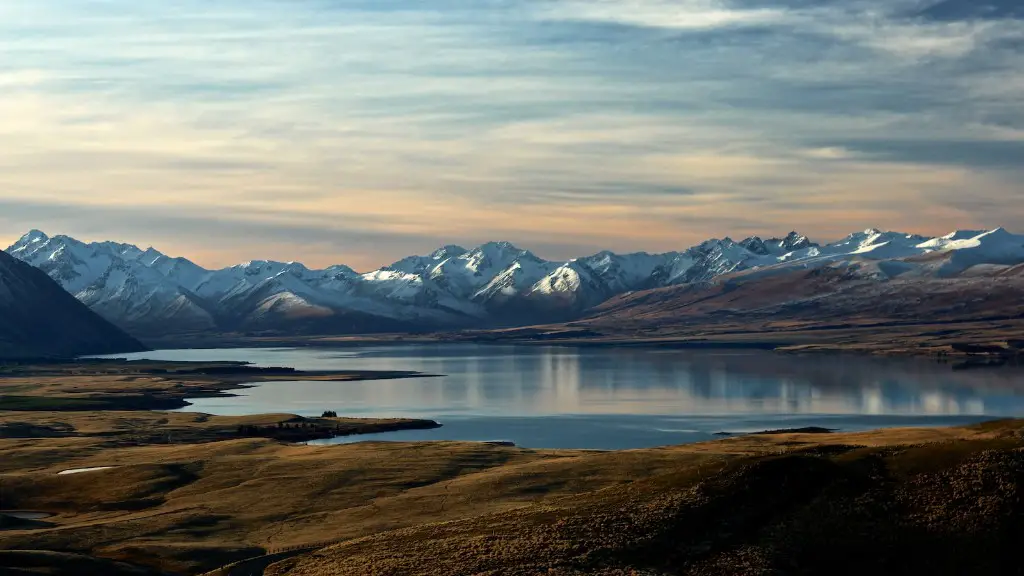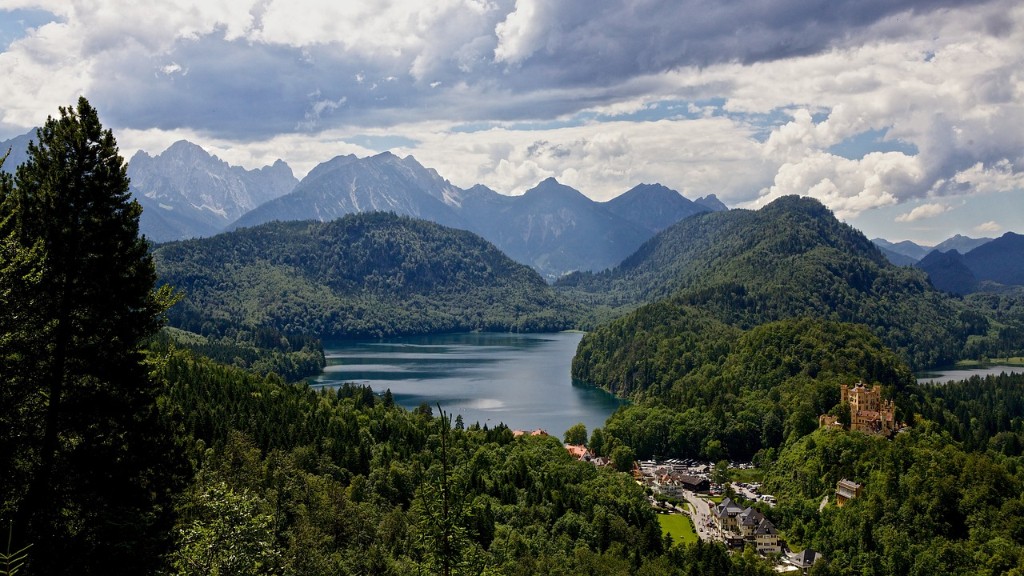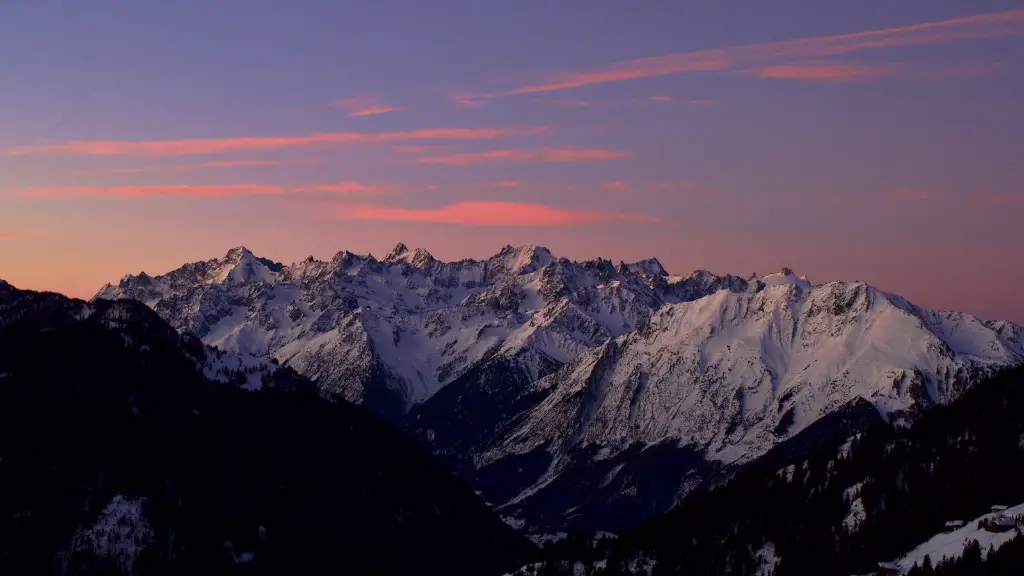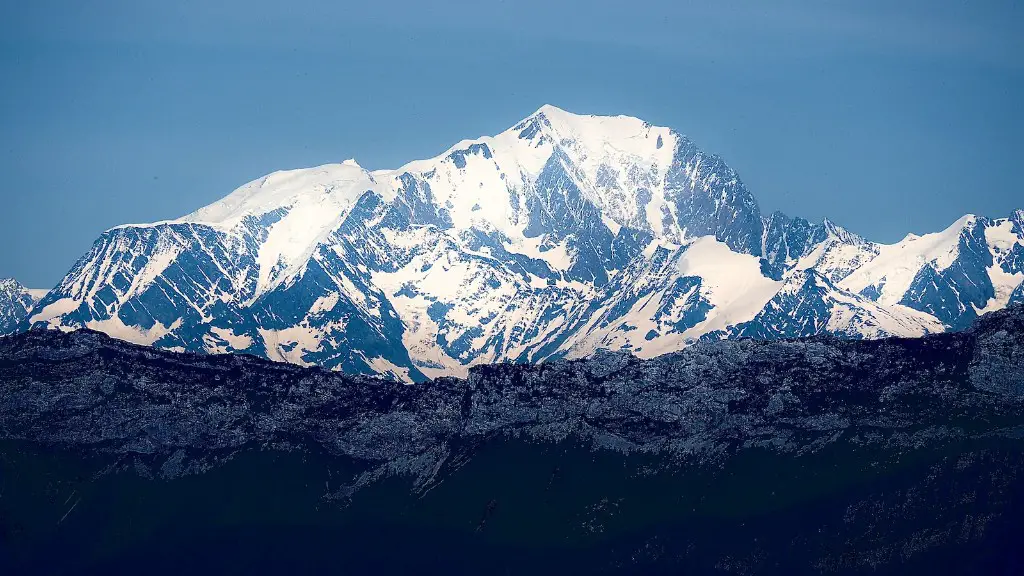Mount Kilimanjaro is the tallest mountain in Africa and is one of the most popular tourist destinations in the world. Getting to the top of Mount Kilimanjaro is no easy feat, but it is an achievable goal for most people with a bit of training and preparation. Here are some tips on how to get to the top of Mount Kilimanjaro.
There is no one specific way to get to the top of Mount Kilimanjaro, as there are many different routes that can be taken depending on your level of experience and fitness. However, some tips on how to make the most of your climb include giving yourself plenty of time to acclimatize to the altitude, being well-prepared with the proper gear, and being aware of your own physical limitations.
How hard is it to get to the top of Kilimanjaro?
Mount Kilimanjaro is a fair difficult mountain to climb. With more than 50% of the climbers suffering from mountain sickness, Kilimanjaro is an extreme altitude mountain trek. Measuring 19,341 feet, or 5,895 meters, you will need to prepare well and train before attempting to climb Kili.
Mt. Kilimanjaro is the tallest mountain in Africa, and is one of the most popular tourist destinations in Tanzania. The mountain is located in the Kilimanjaro National Park, and is a popular destination for hikers and climbers from all over the world. The summit of Kilimanjaro is Uhuru Peak, which is the highest point on the African continent.
Despite its popularity, Kilimanjaro is not an easy mountain to climb, and it should not be attempted by beginners without proper preparation. The conditions on the mountain can be very challenging, and the weather can be unpredictable. Beginners should be aware of the potential risks involved in climbing Kilimanjaro, and should consult with experienced climbers or guides before attempting the summit.
How much does it cost to summit Kilimanjaro
The cost of climbing Kilimanjaro varies depending on the tour operator. There are some cheap, budget operators as well as large Western travel agents that sell outsourced climbs at an inflated price. The average cost to climb Kilimanjaro is $2000 to $6000. There are various, unavoidable fixed costs to any tour operator and if a climb seems too cheap, you’ve got to ask yourself why. Make sure to do your research before booking a tour so that you know what to expect in terms of cost.
If you want to summit Mount Kilimanjaro, it is recommended that you allow yourself five to nine days to reach the peak and descend to the finishing point. The more days you spend on the mountain, the greater your chances of success, as you will have more time to acclimatise to the altitude and will be less likely to experience fatigue.
Is Everest or Kilimanjaro harder?
While there are aspects of the Everest Base Camp trek that are harder than Kilimanjaro, the general feeling is that Kilimanjaro is the harder of the two treks. The main reason for this is summit night – it’s a biggie.
There are two main reasons people do not make the summit of Kilimanjaro. Firstly, the main reason people do not make the summit of Kilimanjaro is they are not spending enough time to acclimatize to the lack of oxygen. Secondly, once you cross the altitude of 18,000 feet you enter the lower realm of the death zone.
Do you need oxygen to climb Kilimanjaro?
Kilimanjaro’s altitude is a significant challenge, but climbers do not need supplemental oxygen to climb Kilimanjaro or reach the summit. To reach the summit, climbers use the acclimatization method of walking slowly “pole pole” and climbing high during the day, then descending to sleep at a lower altitude at night.
Assuming you are in good enough shape, you should be able to summit Kilimanjaro in around four to six days. On the summit day, you will need to start your hike at midnight in order to reach the summit (Uhuru Peak) by sunrise. This will take around six to seven hours, but then you must descend all the way back down to the campsite, which will take another six to seven hours. All in all, you should expect to hike for around 12 to 16 hours on the summit day.
How cold is it climbing Kilimanjaro
The temperatures on Mount Kilimanjaro are determined more by the altitude and time of day than by the surrounding environment. At the base of the mountain, the average temperature is around 21 to 27 degrees Celsius. At the summit, Uhuru Peak, the night time temperatures can range between 20 and -20 degrees Fahrenheit (-7 to -29 degrees Celsius).
It is often said that around 50% of people who attempt to climb Mount Kilimanjaro fail to reach the summit. This is somewhat surprising, given that Kilimanjaro is considered a relatively “easy” mountain to climb in terms of the amount of experience required.
There are a number of factors that can contribute to someone failing to reach the summit of Kilimanjaro. First and foremost, the mountain is extremely high, and the thin air at high altitudes can make climbing more difficult. Additionally, the weather on Kilimanjaro can be unpredictable, and bad weather can make conditions even more difficult.
Finally, it is important to remember that even though Kilimanjaro is considered “easy,” it is still a very challenging mountain to climb. There is a reason why so many people fail to reach the summit, and it is important to be prepared for the challenges that you will face.
Is Kilimanjaro worth the money?
Mount Kilimanjaro is worth it for the experience. Even though the success rate for reaching the summit is only around 66%, it is still worth it for the unforgettable experience. Surprisingly, young males between 20 and 30 have a higher failure rate than we would expect.
If you want to hike up Kilimanjaro, you don’t need any special skills. However, you should be in good shape and have done extensive hill-walking or aerobic exercise beforehand. If you’re not currently fit, it may take months of training to get to a level where you can enjoy the hike.
Can a normal person climb Kilimanjaro
For anyone looking to challenge themselves, climb Kilimanjaro! While it may seem daunting, the average person can definitely summit the mountain with some training and preparation. You don’t need to be super fit, but being too fit can actually be harmful. And no special climbing skills are required. So gear up and go for it!
January and February are great months to climb Mount Kilimanjaro because the weather is warm and clear. However, you may experience some afternoon clouds and rain.
Can I climb Kilimanjaro on my own?
Kilimanjaro is one of the most popular treks in the world, but many people are unaware that it is now impossible to do the trek without a guide. In 1991, the Tanzanian government and Kilimanjaro National Park Authority changed their policy towards unsupported treks on Mount Kilimanjaro. In short, the regulations require that all trekkers are accompanied by a registered and licensed guide.
There are a number of reasons why this change was made, but the most important one is safety. Kilimanjaro is a difficult and dangerous trek, and without a guide, it would be easy to get lost or injured. The other reason is that a guide can provide invaluable information about the mountain, the local area, and the best way to hike Kilimanjaro.
If you’re planning on trekking Kilimanjaro, make sure to find a reputable guide company and book your trip well in advance. It’s also a good idea to read up on the trek and the company you’re using, so that you know what to expect.
The main reason why climbers do not reach the summit of Kilimanjaro is due to altitude sickness, also known as acute mountain sickness (AMS). AMS is caused by the high elevation and can be deadly if not treated properly. Every year, 10 climbers die on Kilimanjaro, though we believe the actual number to be a multiple thereof.
Warp Up
First, you need to get to the base of Mount Kilimanjaro. To do this, you can either hike or take a jeep safari. Once you are at the base, you will need to start your ascent. You can either use a guide or attempt to climb the mountain on your own. However, it is recommended that you use a guide, as the conditions on the mountain can be treacherous. Once you reach the summit, you will be rewarded with stunning views of the surrounding area.
The best way to get to the top of Mount Kilimanjaro is to use a professional guide and porter service. They will help you carry your gear, and provide expert knowledge on the best route to take and how to acclimatize to the altitude.
